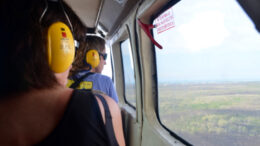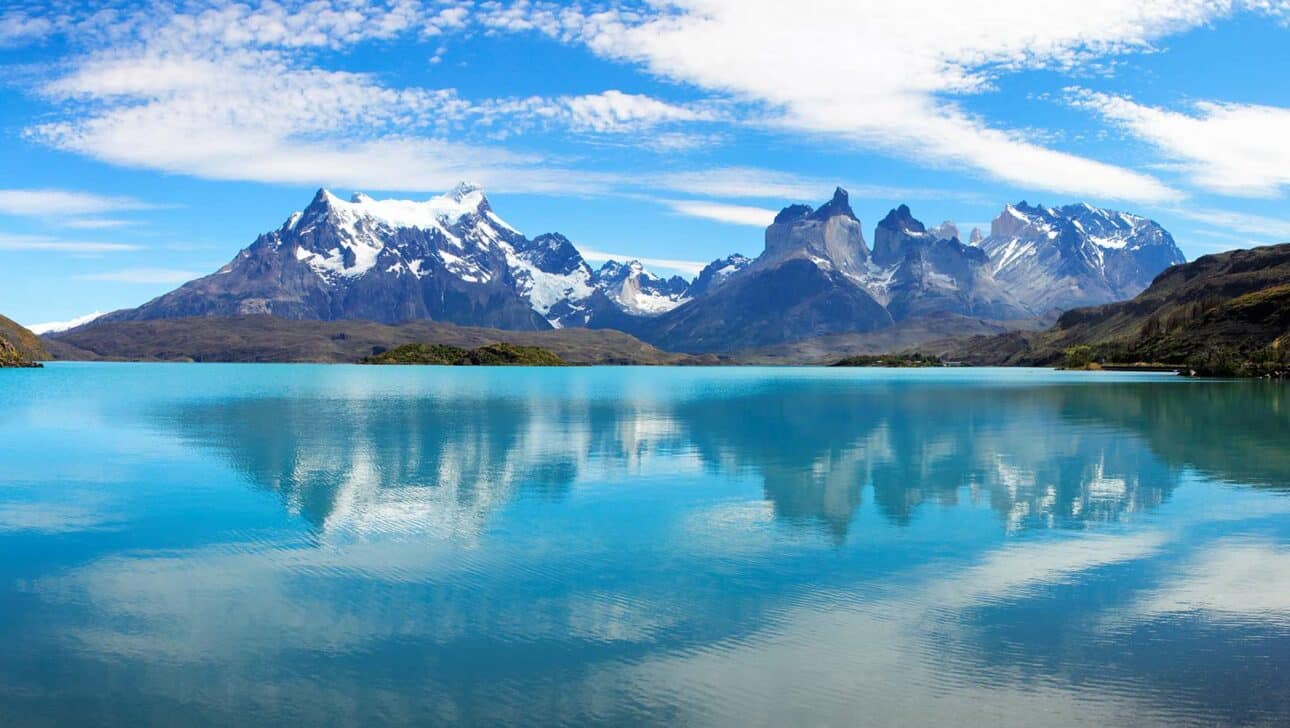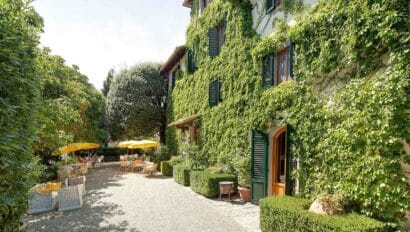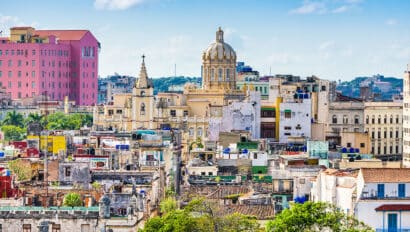You’ve never felt as small as you will in Patagonia, and that was just the first of the happy surprises Chile had for me when I visited this year. You can do your research and get a good idea of how Patagonia looks, but you just can’t prepare yourself mentally for how it’s going to feel.
Like a lot of travelers, I wanted to go because it’s super remote and not everybody is going there. Just how remote was the pleasant shock. When our local guide Andres led us off on a walk in Torres del Paine National Park, he didn’t follow the kind of trail you find in other places. There was no question that he knew the way, but we weren’t following in anyone else’s footsteps. Sooner than you’d suspect, we came up on a small herd of guanacos. At first, you think there’s just one or two of them, but those are only the sentinels, craning their long necks on look out. There are others lying down or grazing. So few humans come this way that the ones we saw weren’t spooked by us. Stand still for a while to watch them, and you’re struck by the total quiet.
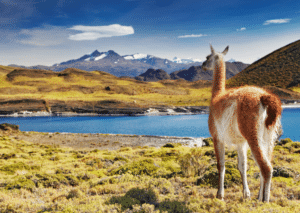
Same walk, next surprise: Slowly but surely, the peaks of Torres del Paine start to emerge from behind the hill ahead of us. They’re the gigantic, sharp-as-a-knife Andean pillars that are the poster children for Patagonian tourism. But almost nobody gets to see them like we did. You feel like they’re pushing up through the earth’s crust right before your eyes. Awesome doesn’t even begin to describe their scale. You feel so tiny and so hugely grateful for this moment all at the same time. But that’s just the tip of the iceberg.
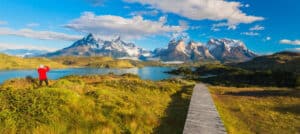
Patagonia covers more than 130,000 square miles of Chile. So you discover a lot of variety, too — not to mention the few (but very interesting) people who live in the region. After a chance to explore Santiago and go wine tasting in the Maipo Valley, a flight south lands you in the Lake District where you walk on black lava slopes around snow-capped Osorno Volcano. Then you ferry offshore to Chiloé Island. It’s prime nesting ground for Humboldt and Magellanic penguins, but we also connect with a terrific (human!) family. Maria Luisa and Hardy welcomed us into their home for a curanto, a traditional pit-cooked feast of shellfish, vegetables and meat. Some of us helped their abuela shape the small potato pancakes that they’ve eaten here for a few thousand years. Those of us with Spanish language skills tried it out in a lively chat with the family, and Andres translated for the rest.
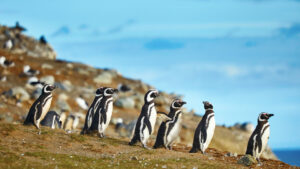
Farther south in Patagonia, there’s a region called Ultima Esperanza. That means “Last Hope”, as in how close to the final edge of civilization it is. You find plenty of life here, though, on the working estancia (ranch) where gauchos herd sheep and cattle. It’s amazing to watch how they partner with their dogs to manage the flocks and how they shear the sheep. Those gauchos eat well; too, as we learned while we savored a real taste of local food at a cookout they prepared for us.
The experiences were amazing and so varied. But Patagonia wasn’t done revealing itself to us, as we learned when we got a completely different perspective at Laguna Amarga. The lake is fed by glacial melt, so it’s electric blue. By boat, you come close to the terminal face of Grey Glacier. The jagged wall of ice was ultra-photogenic and you get a real sense of how unimaginably powerful glaciers are. (It helps, too, that they serve pisco sours chilled with glacial ice.)
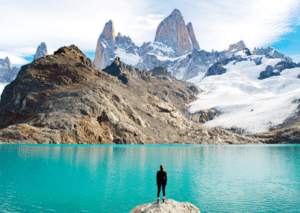
If Patagonia is on your list, you’ve got to go! It won’t be what you expect. It’ll be much, much, much more.
